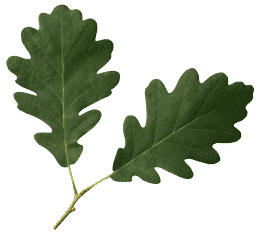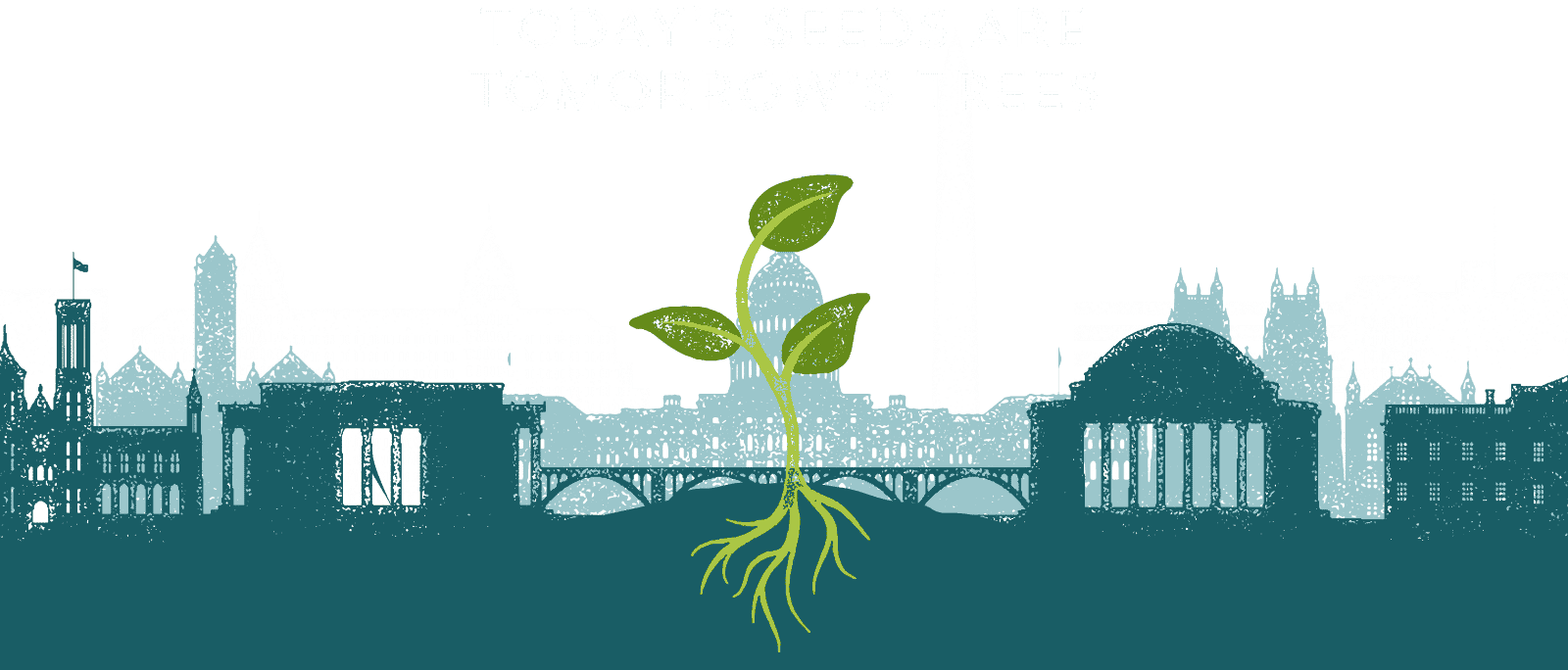

Continually increase the capacity of forest buffers to provide water quality and habitat benefits throughout the Chesapeake Bay watershed. Restore 900 miles of riparian forest buffers per year and conserve existing buffers until at least 70 percent of riparian areas in the watershed are forested.
Progress
Recent Progress: Decrease
In 2020, 169 miles of forest buffers were planted along rivers and streams in the Chesapeake Bay watershed. While this is an increase from 2019 in which 83 miles of forest buffers were planted, it is 731 miles below the 900-mile-per-year target.
Outlook: Off Course
The Forest Buffers Outcome is off course. The Chesapeake Bay Program has not met its goal for riparian forest buffers since 2002, often achieving less than 10% of the Chesapeake Bay Watershed Agreement goal. While the Forestry Workgroup has not been able to show an increase in progress, they have been able to focus on programs that can accelerate implementation. Over the years, the Forestry Workgroup has identified many barriers to achieving this outcome. The Management Board has placed renewed emphasis on accelerating progress towards meeting the forest buffer outcome. The Forestry Workgroup will be working with the Management Board to organize a one-day workshop in spring 2022 to refine state-level forest buffer action strategies and develop recommendations for Partnership roles in advancing buffer goals.
Forest Buffers Planted (2010-2020)
VIEW CHARTVIEW TABLEAnnualCumulative2010 (Baseline)2011201220132014201520162017201820192020Buffer Miles01002003004005006007008009001k
Delaware
Maryland
New York
Pennsylvania
Virginia
West Virginia
Downloads:
Data (.xlsx)Methods (.pdf)Screenshot (.png)
Since 2010, the miles of forest buffers planted each year has averaged just 25% of the yearly restoration target that will help us reach our clean water goals. Of the forest buffers reported in 2020, 87 miles were reported in Pennsylvania, 30 miles were reported in Maryland, 25 miles were reported in West Virginia, 20 miles were reported in Virginia, 7 miles were reported in New York, and less than 1 mile was reported in Delaware. Experts attribute the slow progress to lack of technical assistance, inconsistent buffer programs that are difficult to use, competing water quality practices, and low incentives.
Many of the Bay states’ 2019 Phase III Watershed Implementation Plans (WIPs) established even more ambitious goals for forest buffers. In total, the states put 190,557 acres of cumulative forest buffer implementation in their Phase III WIPs to achieve by 2025. To put this in context, as of 2020, states had reported a cumulative total of 36,700 acres of forest buffers. This reflects a gap of 153,857 acres or 12,693 miles, assuming an average 100 foot buffer width. Between 2021 and 2025, states would need to add 2,539 miles per year to meet the targets in their Phase III WIPs.
As a result of the biennial Strategy Review System (SRS) meeting in May 2021 and recommendations from the Chesapeake Bay Program Outcome Attainability Team, the Management Board has placed renewed emphasis on accelerating progress towards meeting the forest buffer outcome. The Forestry Workgroup will be working with the Management Board to organize a one-day workshop in spring 2022 to refine state-level forest buffer action strategies and develop recommendations for Partnership roles in advancing buffer goals.
Forest buffers are critical to the health of the Chesapeake Bay: they stabilize stream banks, prevent nutrient pollution from entering waterways, provide food and habitat for wildlife, and keep streams cool during hot weather. Because of these and other benefits, forest buffers are considered one of the most cost-effective best management practices to benefit the Bay.
Learn About Factors Influencing Progress
Management Strategy
To achieve this outcome, Chesapeake Bay Program partners have committed to:
- Facilitating connections between federal, state and local leaders and the U.S. Department of Agriculture;
- Aligning forest buffer programs with related projects and funding sources (e.g., land conservation, stream restoration and stormwater programs and funding);
- Improving existing forest buffer programs (e.g., amending state Conservation Reserve Enhancement Program agreements, increasing and improving technical assistance, and conducting outreach and education) to make them more appealing to landowners; and
- Using science and technology (e.g., high-resolution satellite imagery and geographic prioritization tools) to improve the forest buffer practice.
Monitoring and assessing progress toward the outcome will be based on data related to the miles of forest buffers planted each year, as collected through annual progress reports. High-resolution satellite imagery will be used to evaluate the extent to which riparian areas are forested throughout the watershed.
As part of the Chesapeake Bay Program’s partnership-wide implementation of adaptive management, progress toward this outcome was reviewed and discussed by the Management Board in August of 2020. It will be reviewed and discussed by the Management Board again in August 2022.
Download Management Strategy (.pdf)
Logic & Action Plan
Chesapeake Bay Program partners have committed to taking a series of specific actions that will support the management approaches listed above.
Learn About Logic & Action Plan
Participating Partners
The Forestry Workgroup, which is part of the Water Quality Goal Implementation Team, leads the effort to achieve this outcome. It works in partnership with the Vital Habitats and Healthy Watersheds goal implementation teams.
Participating partners include:
- State of Delaware
- State of Maryland
- State of New York
- Commonwealth of Pennsylvania
- Commonwealth of Virginia
- State of West Virginia
- Chesapeake Bay Commission
- Farm Service Agency (U.S. Department of Agriculture)
- National Park Service
- Natural Resources Conservation Service (U.S. Department of Agriculture)
- U.S. Army Corps of Engineers
- U.S. Department of Defense
- U.S. Environmental Protection Agency
- U.S. Fish and Wildlife Service
- U.S. Forest Service
- U.S. Geological Survey
- Alliance for the Chesapeake Bay
- Baltimore Greenspace
- Cacapon Institute
- Casey Trees
- Chesapeake Bay Foundation
- Delaware Center for Horticulture
- Ducks Unlimited
- Maryland Farm Bureau Federation
- The Nature Conservancy
- Parks and People Foundation
- Pennsylvania Conservation Districts
- Pheasants Forever
- Potomac Conservancy
- Smithsonian Institution
- Stroud Water Research Center
- TreeBaltimore
- Trout Unlimited
- Virginia Agribusiness Council
- Virginia Cattlemen’s Association
- Virginia Dairymen’s Association
- Virginia Farm Bureau
- Virginia Grain Producers



